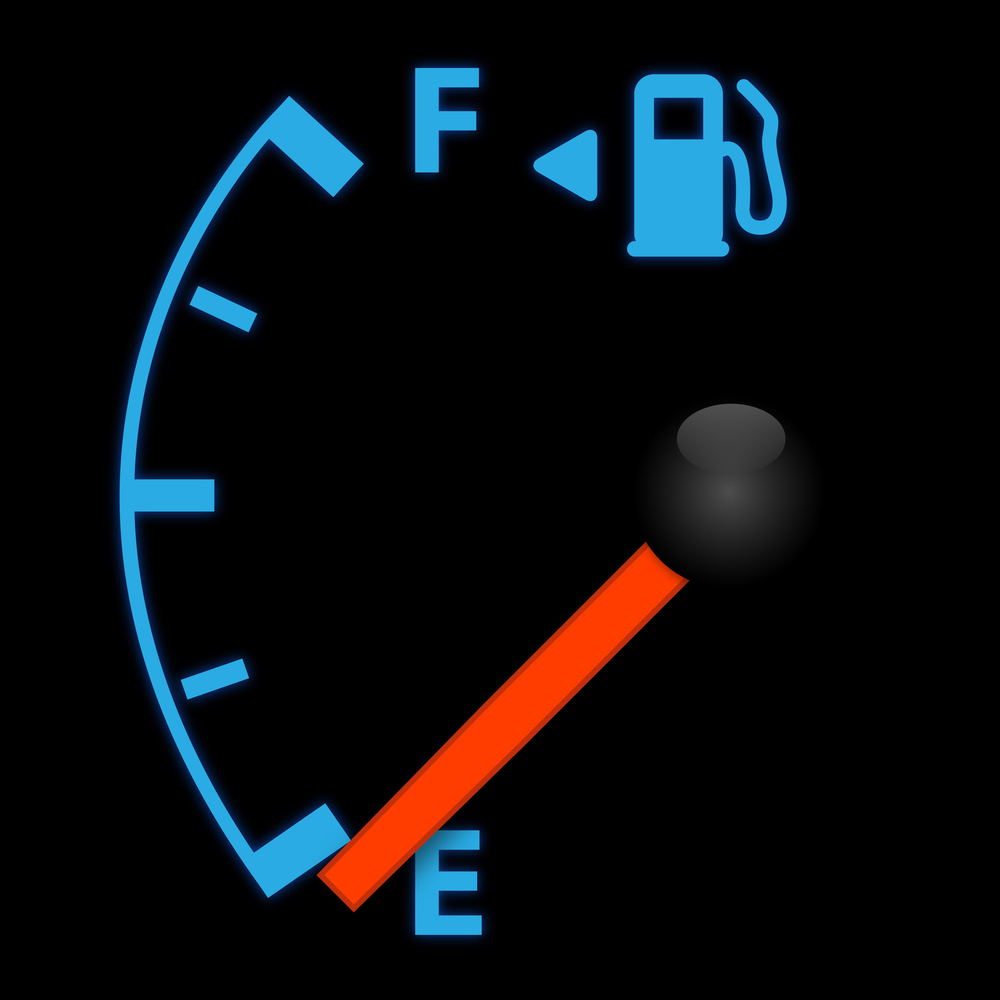Hypermiling 101: Ten Tips for Better Gas Mileage
March 20, 2014
You may have seen hypermilers before. They’re those pesky people that drive slow, coast up to stop lights at turtle-speed, and are constantly cutting their engines in fast food drive-through’s. However, if we only knew how much gas they were saving then everyone would be driving this way. In fact, some hypermilers are routinely getting 40 – 50 mpg in old cars that have mpg ratings in the 20’s. That’s nearly twice the gas mileage! So, let’s take just 10 tips from these ingenious hypermilers and see what we can get:
1. Easy on the accelerator. Though it may seem obvious, most drivers overlook this simple gas-saving trick. Avoid quick acceleration, drive under 60 mph, coast down hills, slow down and avoid the brakes around turns, and always release the gas early when approaching stop signs and stop lights for a slow-rolling, gas-saving stop.
2. Lighten the Load. Excess junk in the trunk can affect gas mileage, especially when the cumulative weight exceeds 100 lbs. Unused roof racks and bike racks can take their toll as well, adding both weight and wind resistance.
3. Tune it up. A simple tune up is great for gas mileage. In fact, it could raise your fuel economy by as much as 10%. For oil changes, using a lighter viscosity or multigrade oil will also improve efficiency. And, installing an engine-block heater will give you more efficient starts.
4. Pump up the tires. The more pressure in your tires, the better the gas mileage. So, always fill your tires up to the maximum pressure listed on the sidewall.
5. Avoid the Dreaded Idle. Long lines at gas stations and fast food stops force you to idle, at which point you are getting 0 mpg. If you’re stopping for more than 30 seconds, then you might as well just turn the engine off. Better yet, plan your trips accordingly and avoid those pitfalls altogether.
6. Go with the flow. A little lesson in physics here: all variables being equal, it is more efficient to drive at a constant speed within the flow of traffic than to drive at a constant speed in isolation. Dubbed the “corridor effect”, this aerodynamic oddity occurs when the flow of traffic generates a localized wind current.
7. Mind the wind. Strong winds can be a big factor in fuel efficiency. If possible, plan your trips to avoid strong headwinds and take advantage of strong tail winds. If crosswinds are an issue, look for a route with wind barriers such as trees, cliffs and infrastructure.
8. Drive hot. Driving in warmer weather improves gas mileage for multiple reasons. For one, a cold engine is less efficient. Also, cold tires and a cold drivetrain experience more rolling and mechanical resistance.
9. Fuel up early. Gasoline has physical properties that allow it to contract and expand depending on temperature. Pumping early in the morning could get you more gasoline per gallon, because overnight the gas becomes colder and more dense.
10. Get the Tech. Today’s technology gives us instant feedback on all our hypermiling efforts. There are plenty of companies that sell fuel-consumption gauges, as well as smartphone apps that can retrieve data from the black box on your car.

